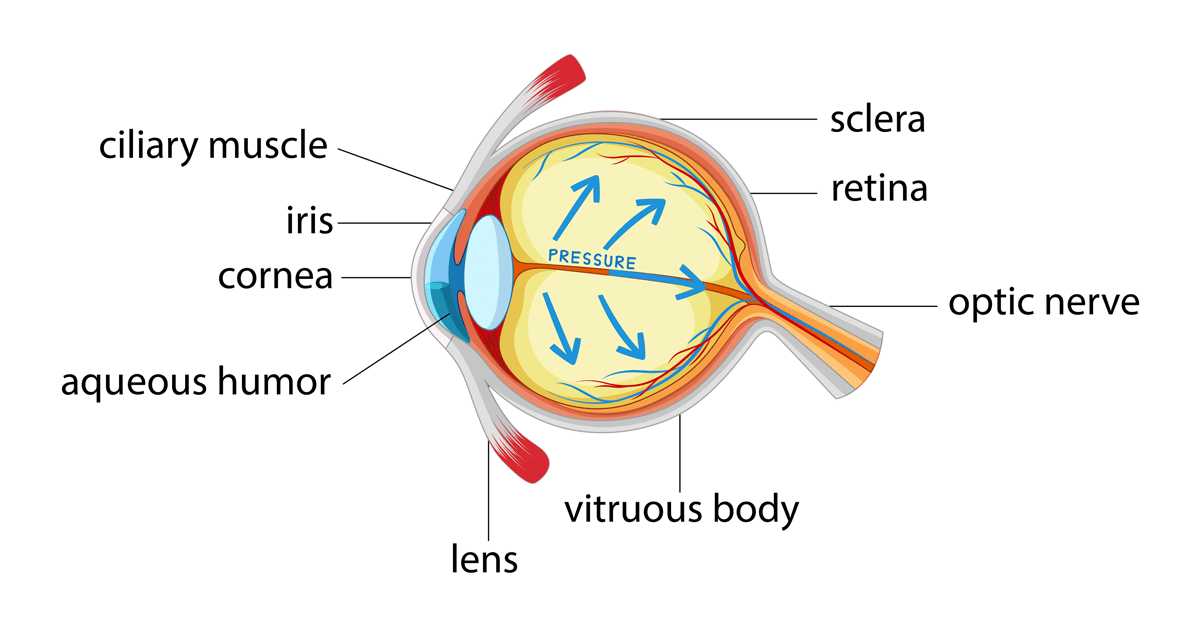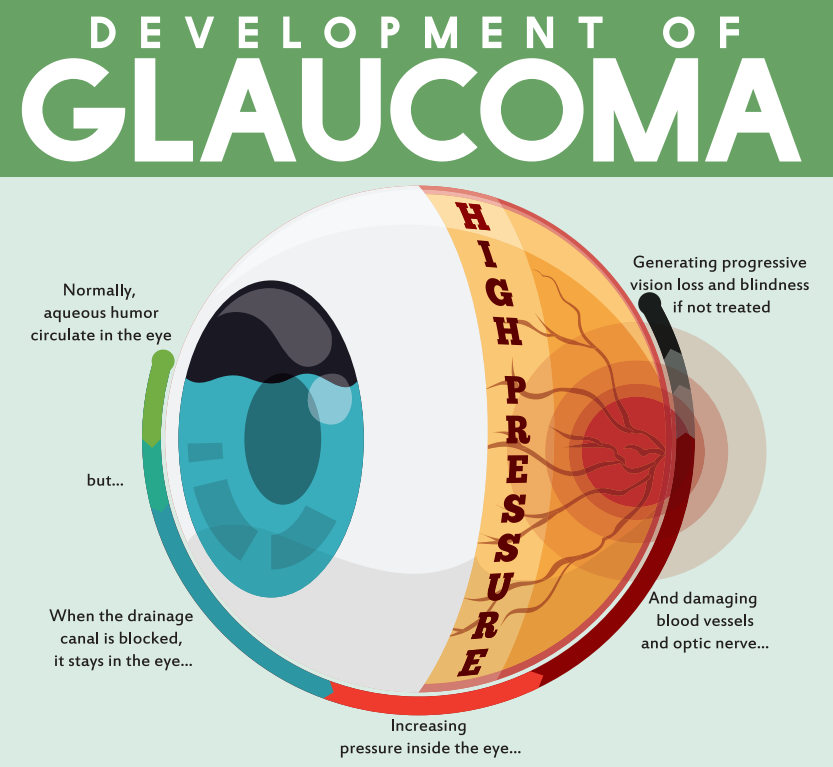Comprehending the Various Vision Correction Procedures Available for Clearer Sight
In the world of vision improvement treatments, a plethora of choices exist to address refractive mistakes and provide people with clearer sight. Allow's check out the intricacies of these procedures and lost light on the path to attaining enhanced vision quality.
LASIK Surgical Procedure
LASIK surgery is a typical refractive treatment utilized to remedy vision problems such as farsightedness, nearsightedness, and astigmatism. This surgical method, which stands for Laser-Assisted in Situ Keratomileusis, aims to improve the cornea to boost how light is concentrated on the retina, ultimately enhancing vision clearness.
One of the key advantages of LASIK surgical procedure is the rapid renovation in vision experienced by individuals. Generally, LASIK surgery is a popular selection for individuals looking for a long-lasting option for their vision problems.
PRK Treatment
While additionally a common refractive treatment, the PRK (Photorefractive Keratectomy) method differs from LASIK surgical treatment in its approach to correcting vision troubles. In PRK, rather of creating a flap on the cornea, the outer layer of the cornea, called the epithelium, is totally removed. This permits the laser to reshape the cornea to deal with refractive errors such as astigmatism, farsightedness, and nearsightedness straight externally.

In spite of the longer recuperation time, PRK can generate outstanding results in vision renovation, making it a beneficial option for those that may not be appropriate candidates for LASIK surgery.
Implantable Lenses
Unlike PRK where the cornea is improved directly, implantable lenses supply another technique for fixing vision by placing artificial lenses inside the eye. This treatment is especially valuable for people with high degrees of astigmatism, farsightedness, or nearsightedness that may not be appropriate candidates for laser surgical procedures like LASIK or PRK.
Implantable lenses, also referred to as phakic intraocular lenses, work by supplementing the eye's natural lens with a man-made one. glaucoma service near me. These lenses can be positioned in front of the all-natural lens (former chamber) or behind the iris and before the all-natural lens (posterior chamber) By changing the power and positioning of these lenses, ophthalmologists can properly remedy refractive errors and improve aesthetic skill
One advantage of implantable lenses is that they are removable and exchangeable, offering adaptability for future adjustments. you could look here However, just like any type of procedure, there are threats included, such as infection or cataract formation. Clients taking into consideration implantable lenses should speak with an eye treatment professional to establish one of the most appropriate option based upon their private demands and eye wellness.
Corneal Rings
Corneal rings, likewise called intracorneal ring sectors, are little, clear gadgets inserted right into the cornea to remedy vision distortions such as keratoconus. Keratoconus is a problem where the cornea thins and bulges exterior, causing vision to come to be distorted. The insertion of corneal rings aids to squash the cornea, boosting visual acuity and lowering the irregular astigmatism brought on by keratoconus.
The treatment for placing corneal rings is minimally intrusive and relatively quick, commonly executed as an outpatient treatment. During the surgery, the eye doctor makes a small cut in the cornea and inserts the rings at a particular depth. Once in area, the rings assist to reshape the cornea, offering a smoother surface for light to go into the eye, which can lead to more clear vision.
Corneal rings are taken into consideration a relatively easy to fix treatment, as they can be gotten rid of or changed if required. refractive surgeries in al. While they might not completely eliminate the demand for glasses or get in touch with lenses, corneal rings can dramatically improve vision high quality and general aesthetic convenience for individuals with keratoconus or various other official statement corneal irregularities
Refractive Lens Exchange
Complying with the correction of corneal irregularities with treatments like corneal rings, one more vision correction method that can address refractive errors is Refractive Lens Exchange (RLE) RLE is a surgery that includes replacing the eye's all-natural lens with a man-made intraocular lens (IOL) to correct refractive mistakes such as nearsightedness, presbyopia, and farsightedness. This procedure is particularly useful for people who may not appropriate prospects for treatments like LASIK or PRK due to aspects such as slim corneas or high refractive errors.

Verdict
In verdict, there are numerous vision modification procedures readily available to help individuals accomplish clearer view. LASIK surgery, PRK treatment, implantable lenses, corneal rings, and refractive lens exchange are all alternatives that can address various vision problems.
In the realm of vision improvement treatments, a wide variety of choices exist to attend to refractive errors and offer individuals with clearer sight.LASIK surgical procedure is a common refractive procedure used to fix vision troubles such as astigmatism, farsightedness, and nearsightedness.While also an usual refractive treatment, the PRK (Photorefractive Keratectomy) technique differs from LASIK surgical treatment in its approach to remedying vision problems.Following the adjustment of corneal abnormalities with treatments like corneal rings, an additional vision adjustment method that can resolve refractive mistakes is Refractive Lens Exchange (RLE) LASIK surgical treatment, PRK treatment, implantable lenses, corneal rings, and refractive lens exchange are all choices that can address various vision problems.